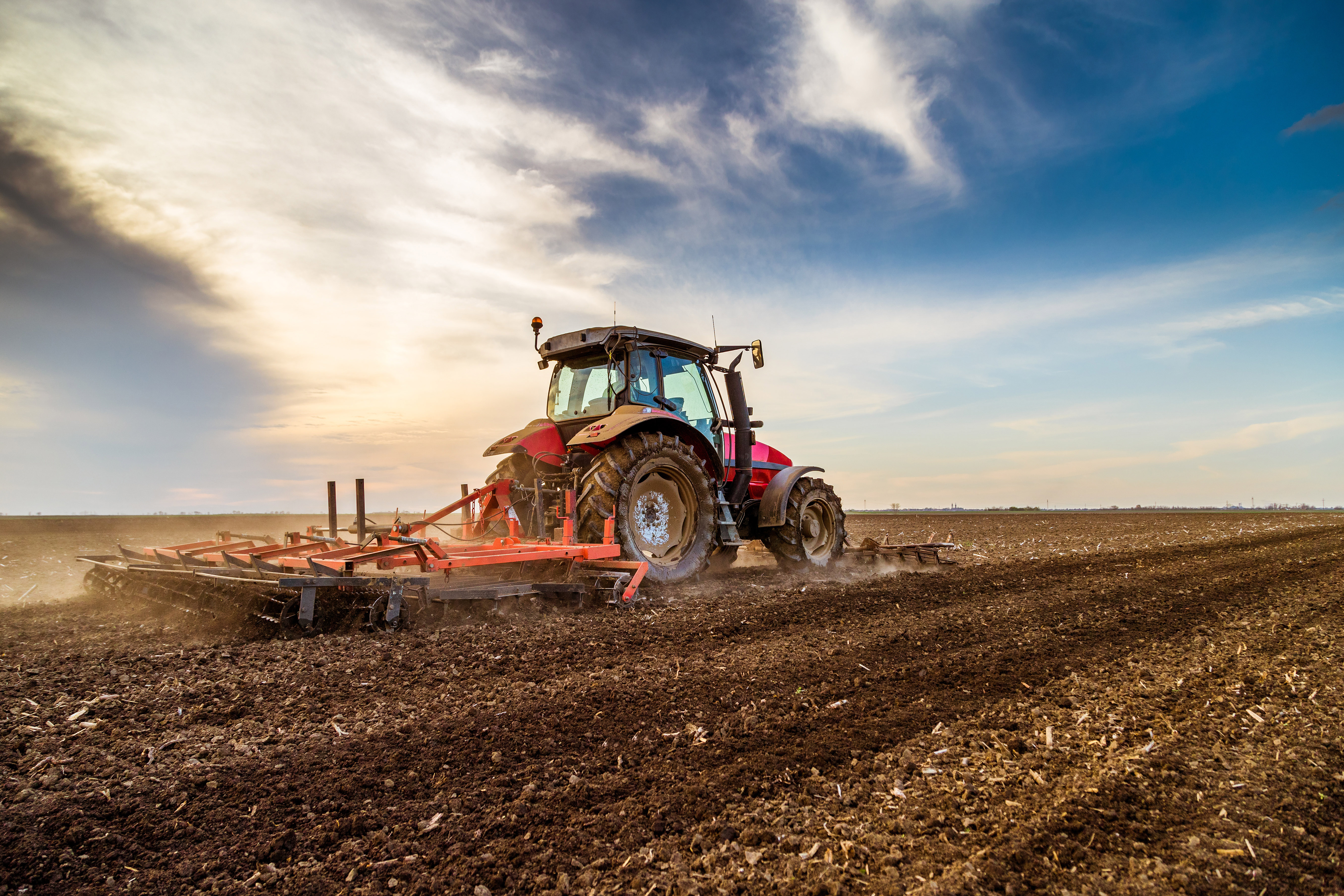Reminders for Planting Corn in Cold, Wet Soils
May 02, 2023

If the calendar says “go,” but soil conditions and the weather forecast say “wait,” think twice before pulling the planter out of the shed. The disadvantages of planting in cold and/or saturated soils may outweigh the advantages of planting early. Consider the following best management practices to help you decide when to start planting.
Wait to plant until the soil warms up… and stays warm
- It’s best to wait until soil conditions are good to excellent before getting your seeds into the ground. Planting with wide temperature fluctuations can lead to germination and seedling uniformity challenges.
- Corn will germinate and begin growth at a 50o Fahrenheit soil temperature. It is best if the soil has warmed to 55o or above within a week after planting. If the temperature stays near 50o, corn will germinate, but progress will be slow, taking longer for plants to emerge.
- Slow early season growth and development caused by fluctuating soil temperatures can disrupt germination, causing reduced and uneven stands. Furthermore, slow growth increases the risk of seedling disease and can negatively impact plant health and performance throughout the entire growing season.
- Cold and moist soils can also increase the potential for herbicide damage in young seedlings. Slower seedling development reduces the plant’s ability to metabolize herbicides, increasing the risk of serious injury.
- In the first 24-36 hours after planting, the corn seed will absorb or imbibe approximately 30% of its weight in moisture. The cell tissues in the kernel will swell and expand through this process.
- If cold temperatures persist and the seed absorbs cold water, imbibitional chilling may occur, causing cell tissues to become less pliable and rupture while swelling. This often stops germination. If the seed goes ahead and sprouts, growth of the radicle root and/or coleoptile may stop, preventing seedling emergence.
- Another tell-tale sign of imbibitional chilling is the “corkscrew effect” noted by the deformed elongation of the mesocotyl, which almost always leads to the seedling leafing out underground.
- Planting into moist, fine-textured soils can smear the sidewall of the seeding slot, causing poor slot closure, which leads to uneven seedling germination and emergence. Planting into wet soils may also encourage side wall compaction. Adjust the down pressure on the closing wheels or press wheels to help minimize this issue.
- Watch out for soil buildup on the gauge wheels, preventing planting at shallower depths. If mud builds up on the disk openers and closing wheels, they may stop turning and plow a trench, leaving the seed uncovered.
- Planting at proper depths encourages good seed-to-soil contact, adequate soil moisture, and better development of the nodal roots. This maximizes water and nutrient uptake and helps to reduce late-season root lodging.
- Planting shallower than recommended will not ensure warmer soil temperatures and faster emergence. Wide swings in soil temperature can cause coleoptile corkscrewing or leafing out underground to occur.
- Even if the weather is favorable and faster emergence occurs, shallow-planted corn is likely to have a smaller root mass, which can cause lodging issues throughout the season.
- Shallow-planted corn in cool soils is also at a greater risk of soil-applied herbicide injury because the seed and roots are closer to the concentrated herbicide zone.
- Dig up seeds 7-10 days after planting to assess seedling health. This will aid in predicting stand establishment or the potential for replanting if conditions have been wet and cool during this period. Digging up seeds will also help you anticipate future crop health issues and guide you in making important management decisions later in the season.
- While examining seedlings, check for rot diseases like Pythium and Fusarium, especially in fields with continuous corn, minimum tillage, or poorly drained soils. Dig up the seed for corn that has not emerged and look for any soft/mushy, discolored seeds that smell rotten. Healthy seeds will be firm and will have a white or light color when the seeds are split open.
- For emerging plants, dig up the roots, look for any damage or discoloration, and split the plants to look at the growing point. A healthy growing point will be a whitish or cream color, and the tissue will be firm. Diseased tissue will be brown, soft, and water soaked.
- Early season, fungal pathogens attack seedlings and don’t necessarily go away when the soil warms and the plants begin to grow. Disease damage to seedling roots often leads to delayed and stunted plants in June. There can be a 6-12” difference in height between diseased and unaffected corn plants. The shorter, diseased plants will act like weeds for the remainder of the growing season, stealing water and nutrients and not contributing to yield.
- Uneven plant spacing and emergence (skips and doubles) caused by an improperly adjusted planter issue may reduce the final corn yield potential.
- If fields are planted in wet conditions, factors within growers’ control, such as proper planter maintenance and calibration, become more important.
- For most non-high-speed planters, as planting speed increases over 4 mph, seed placement and accuracy are reduced. This adds to stand establishment and uniformity problems resulting from planting into cold and wet soils. It’s always important to double-check planting depth and spacing as soil conditions change or when moving to a new field.
- Positioning hybrids to match greater emergence, seedling vigor, and disease tolerance with soils that will be slow to warm (due to high residue, heavy soils, etc.) may be critical to getting your crops off to a better start.
